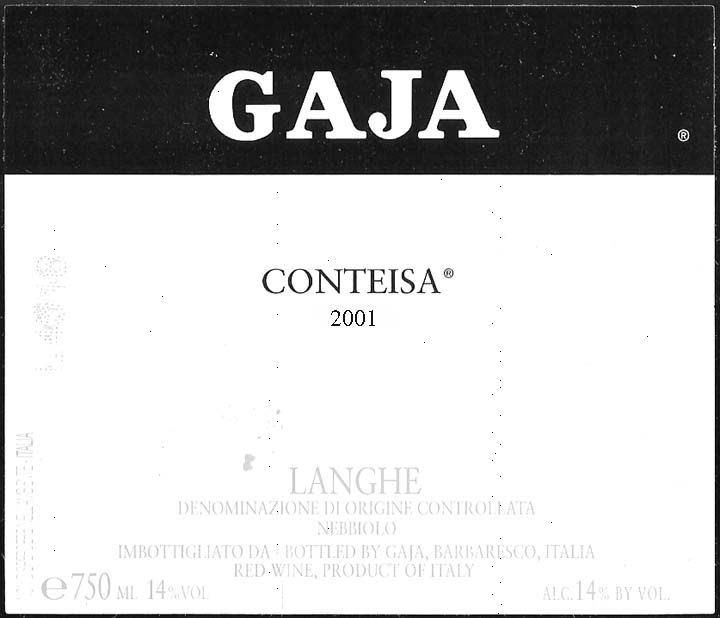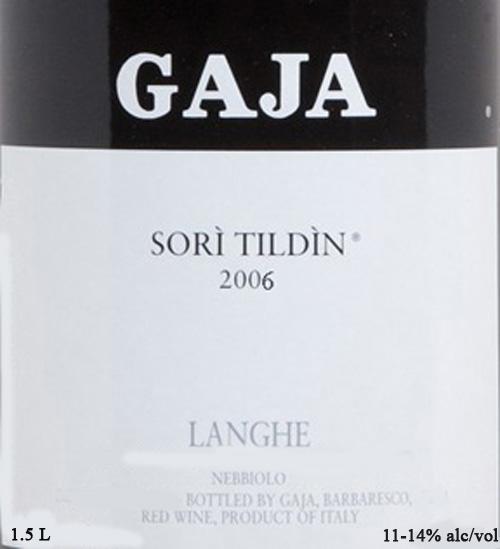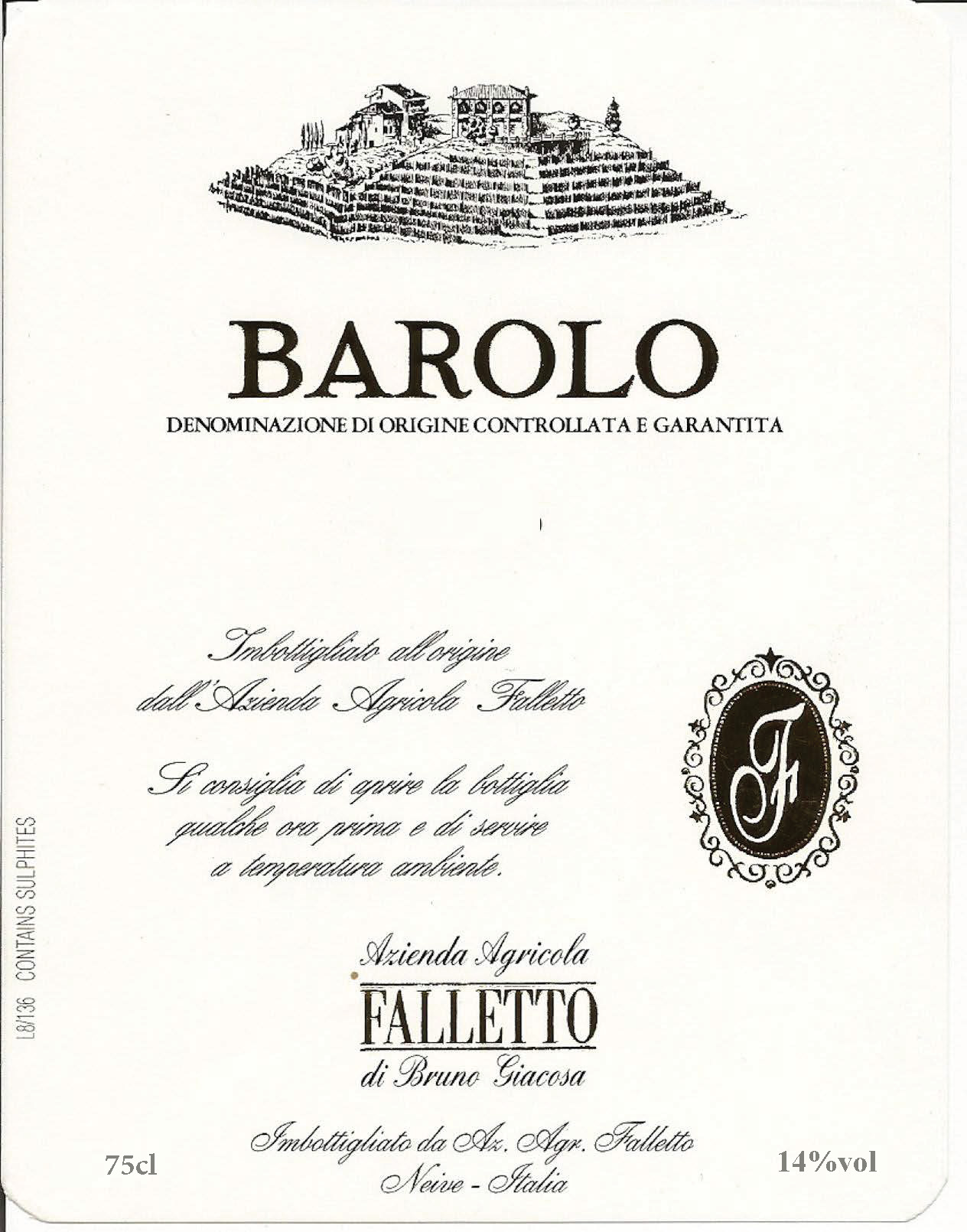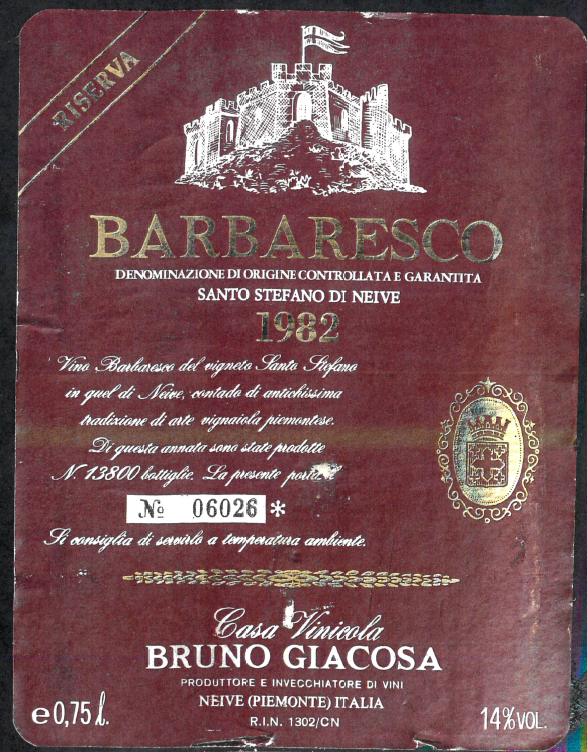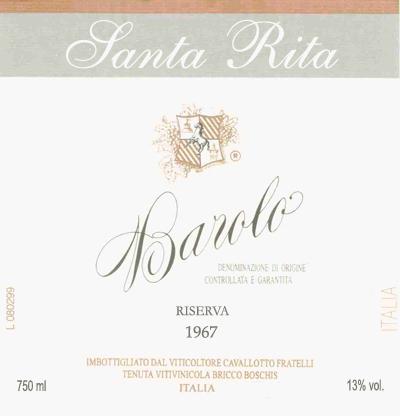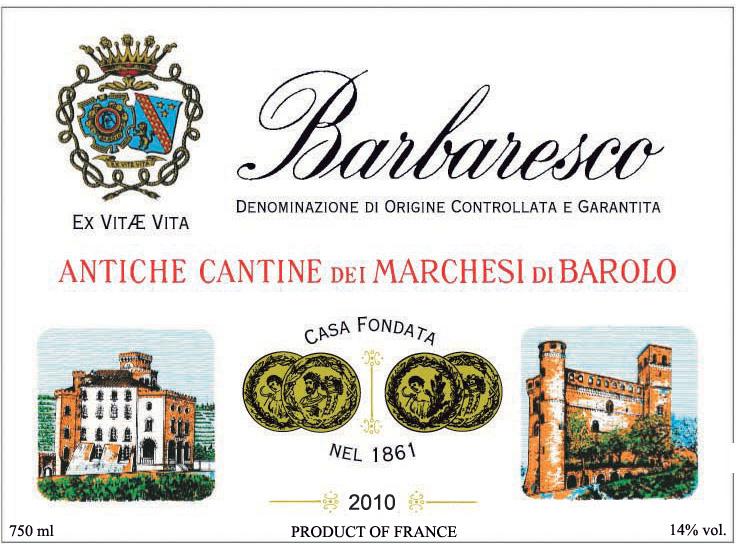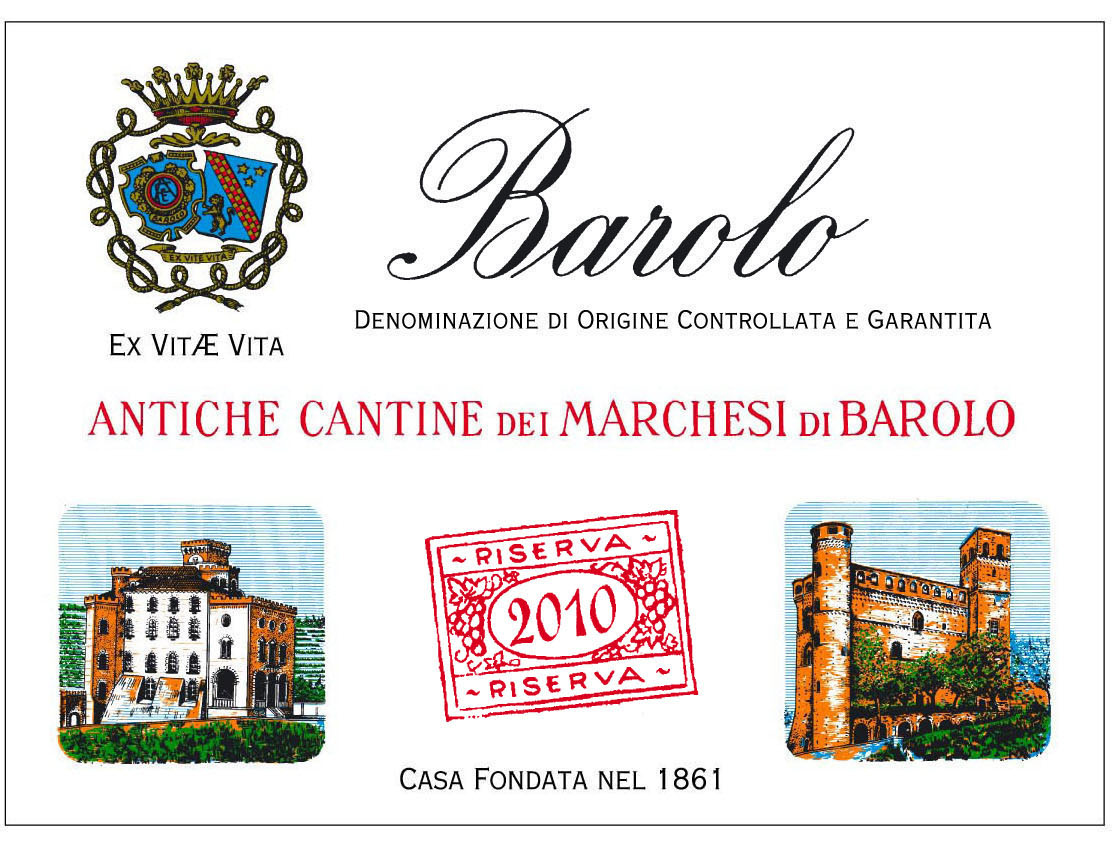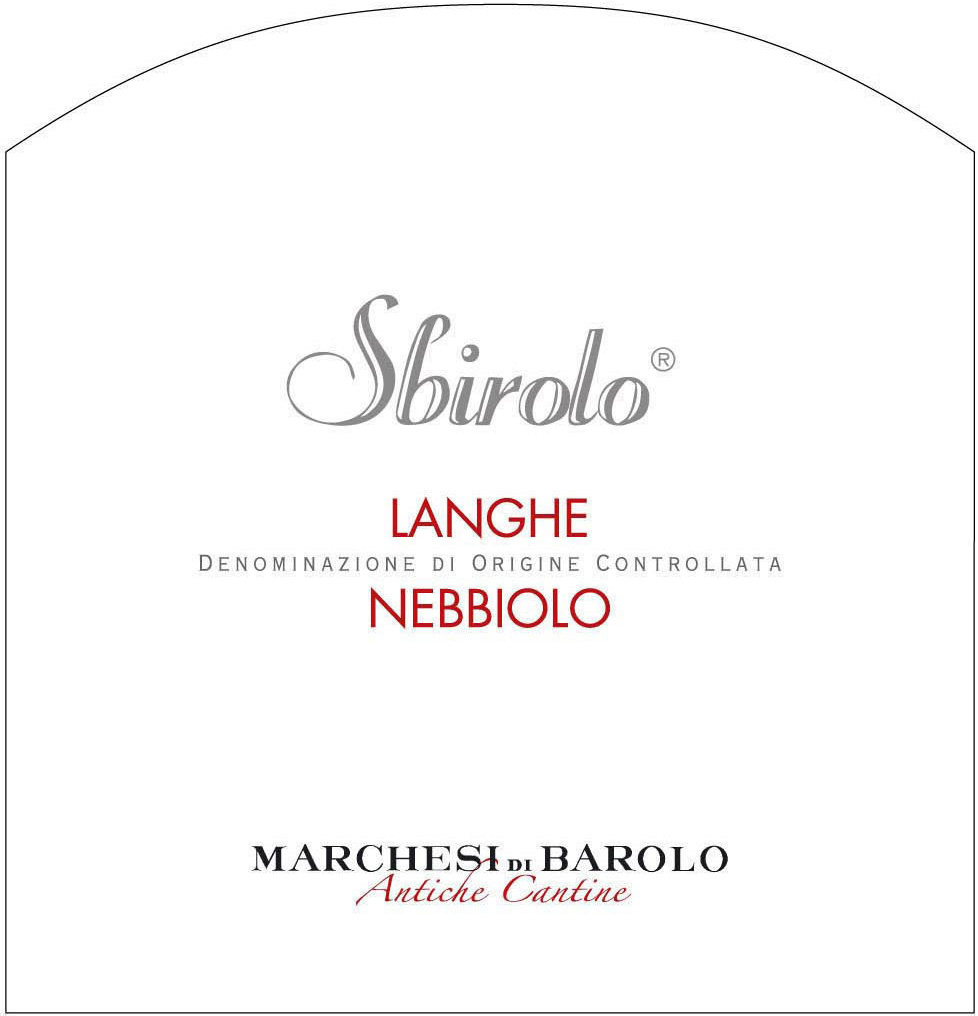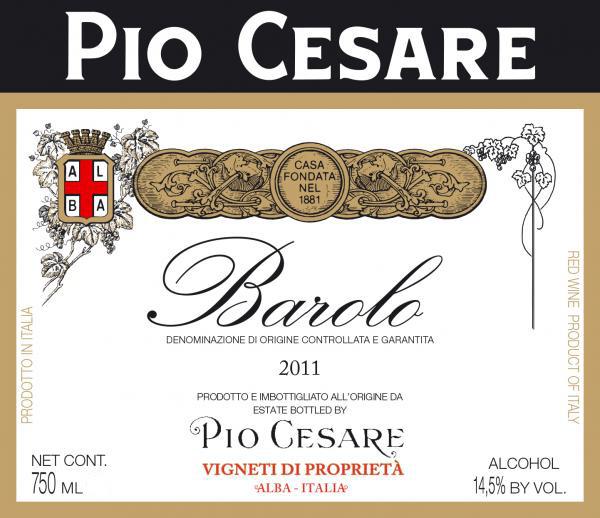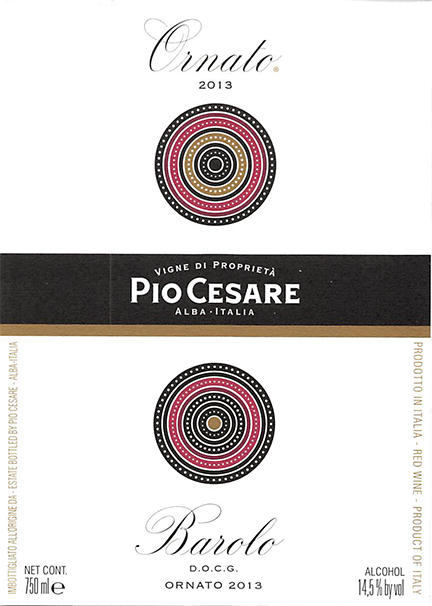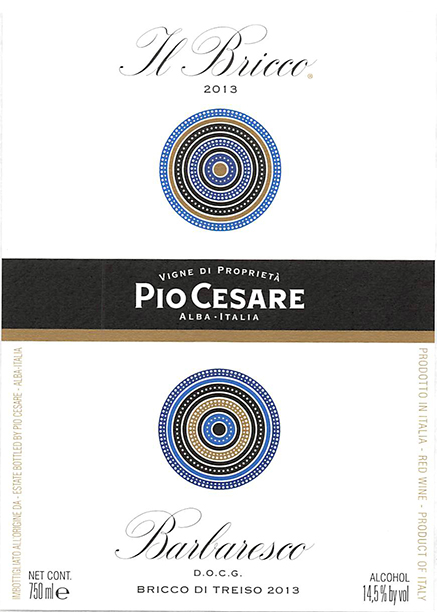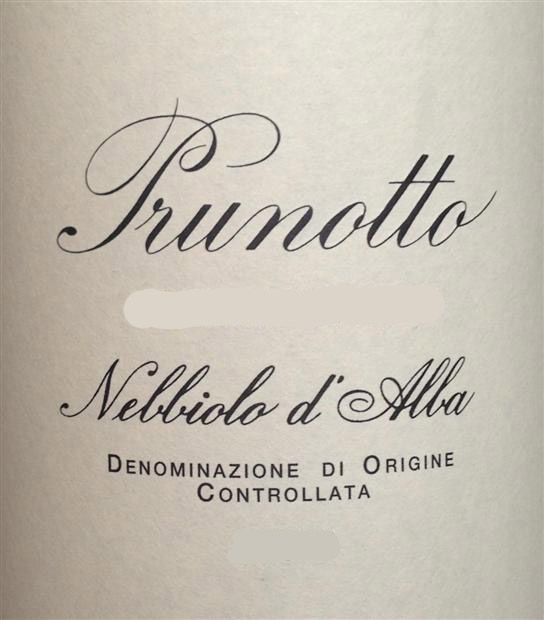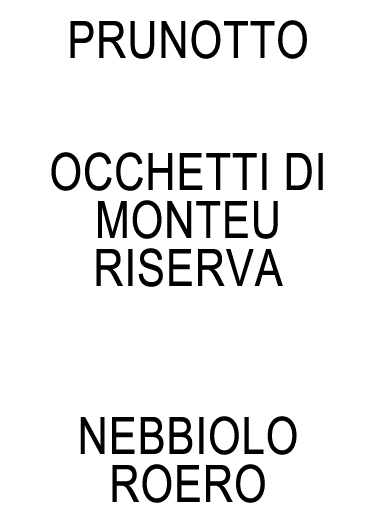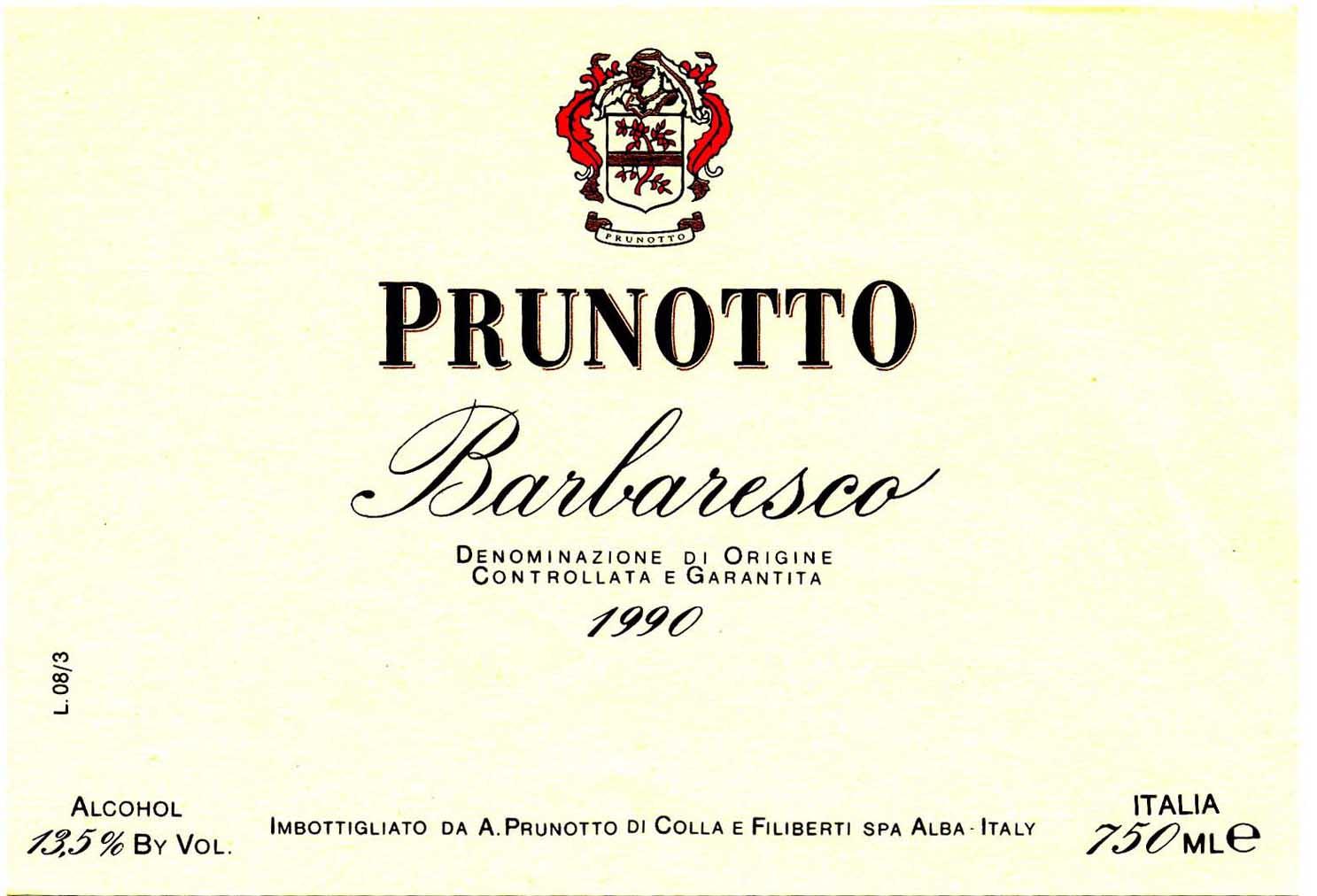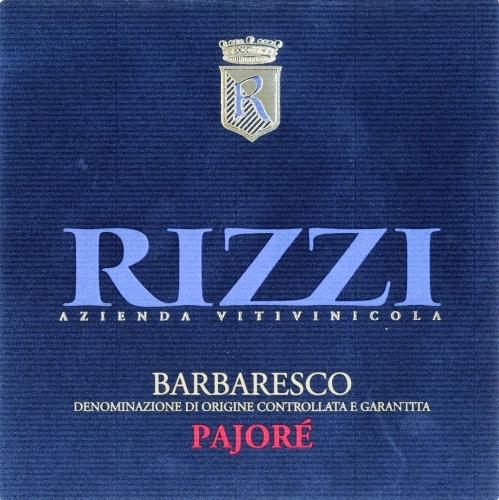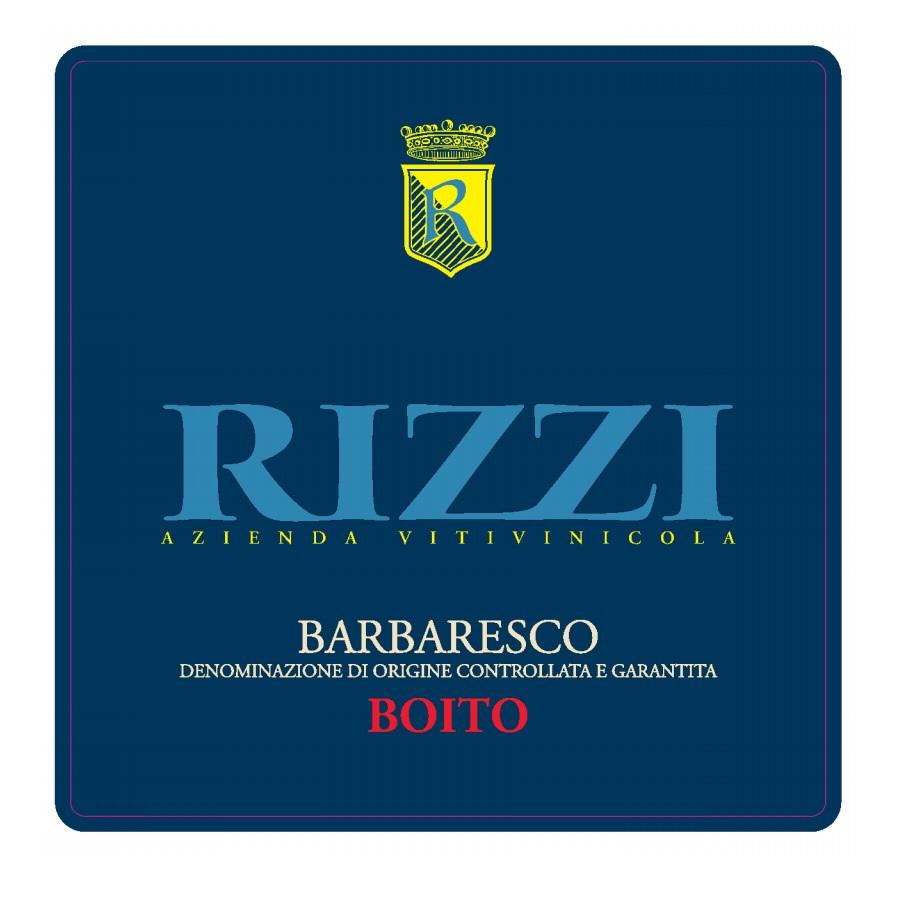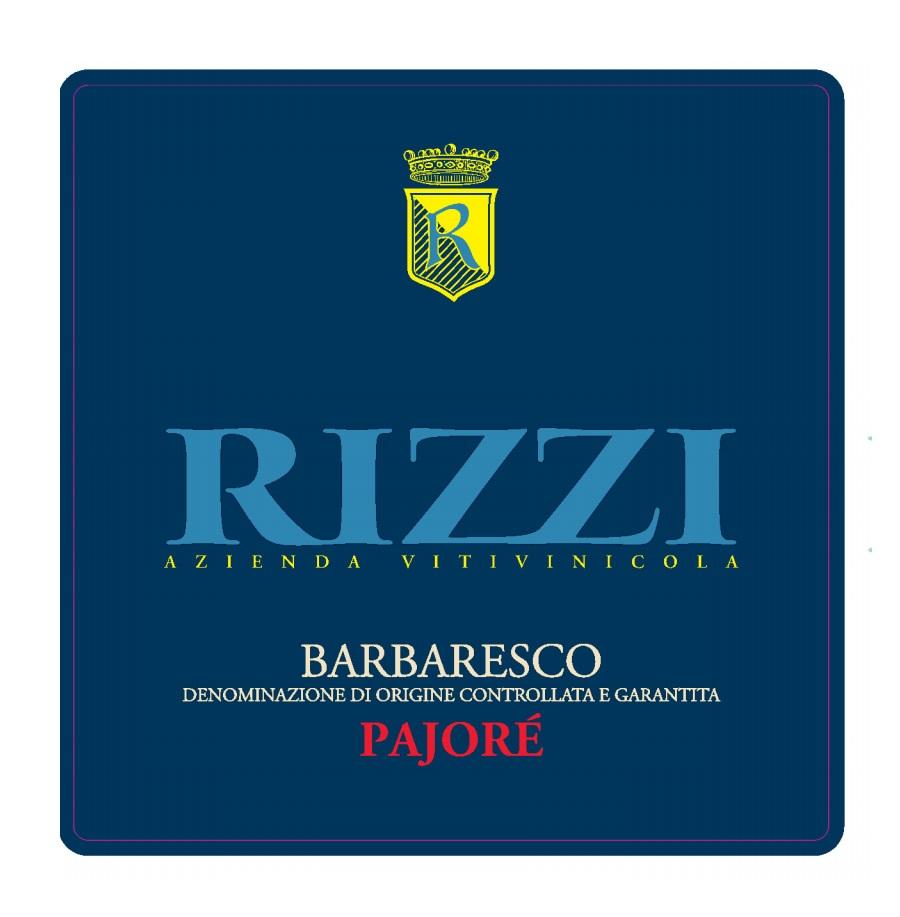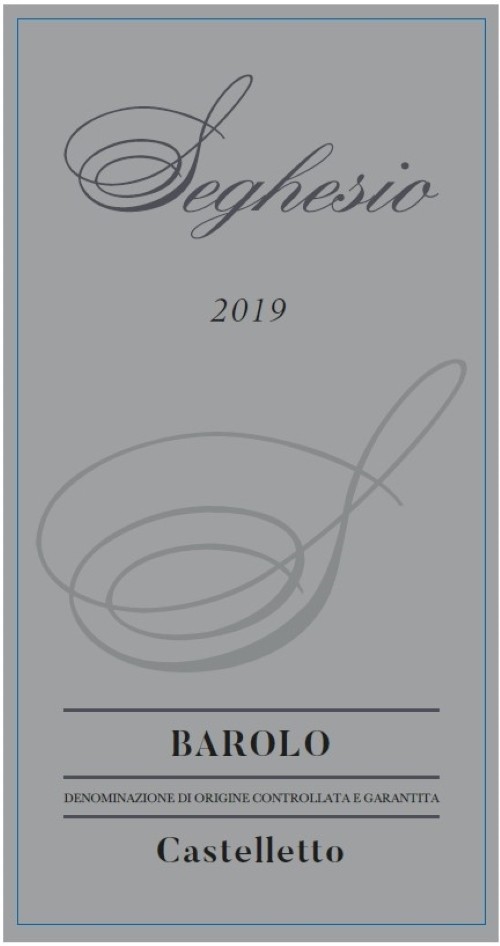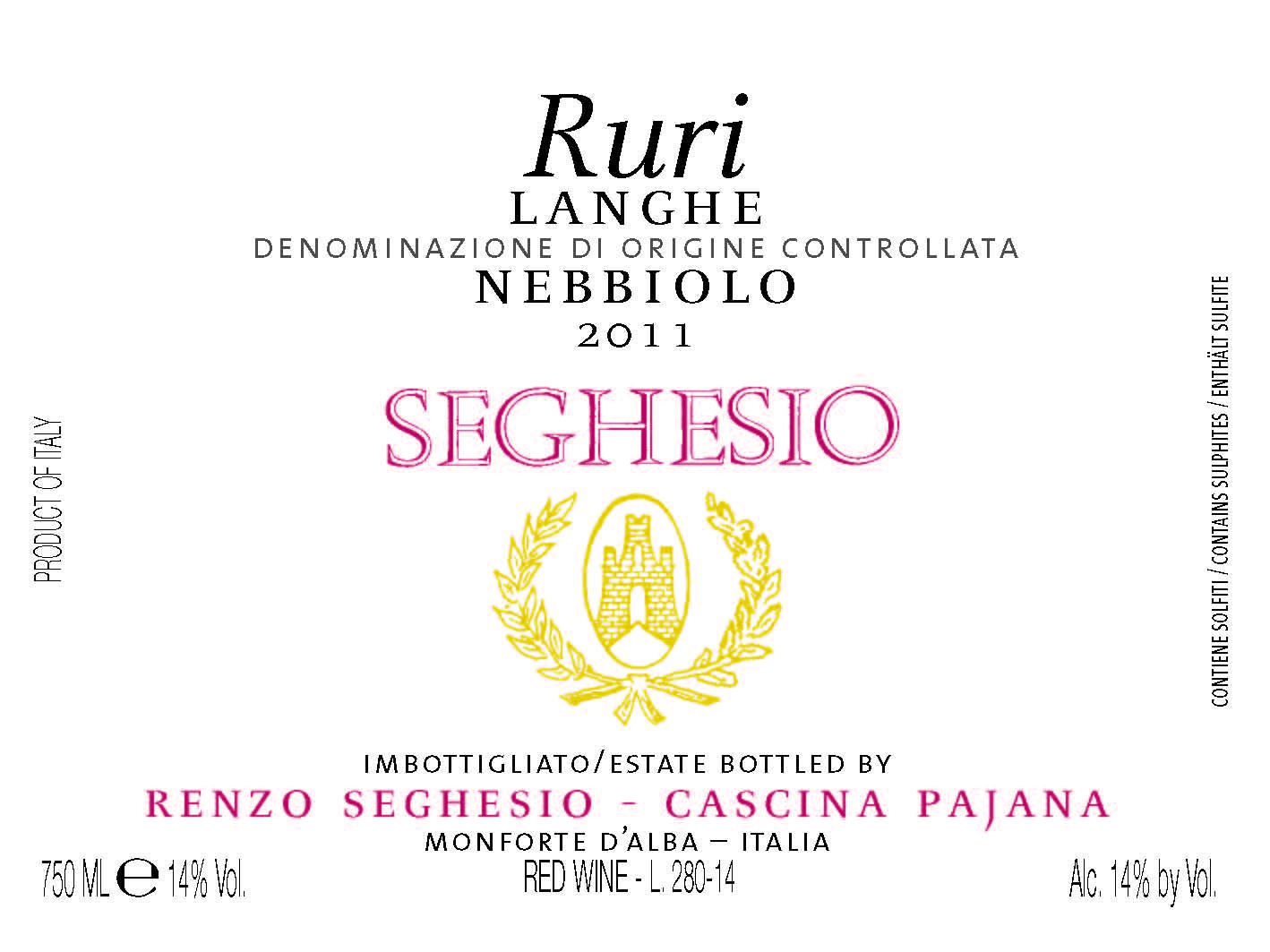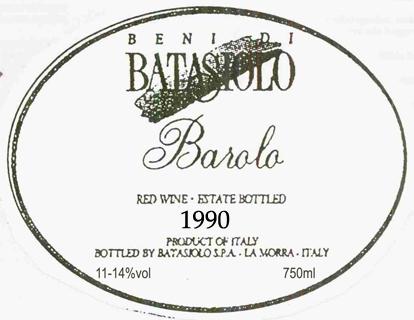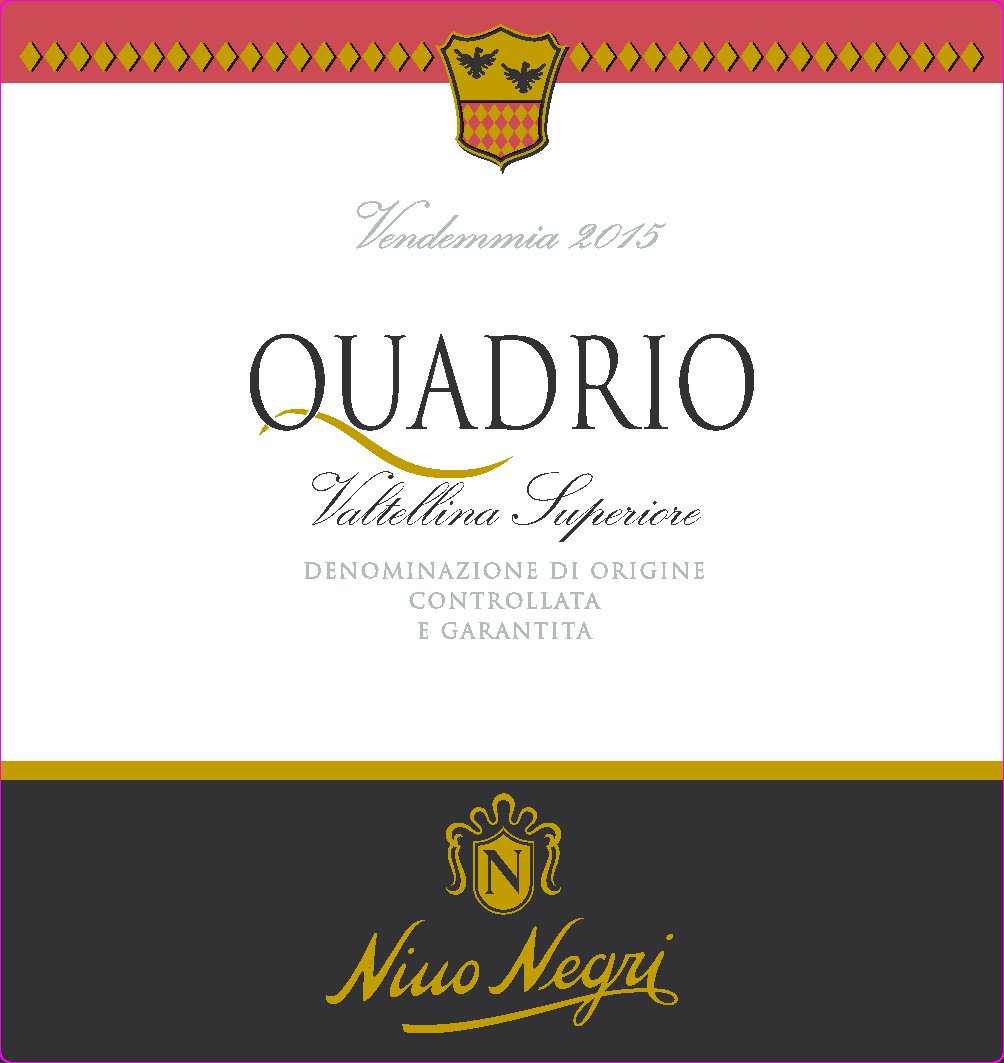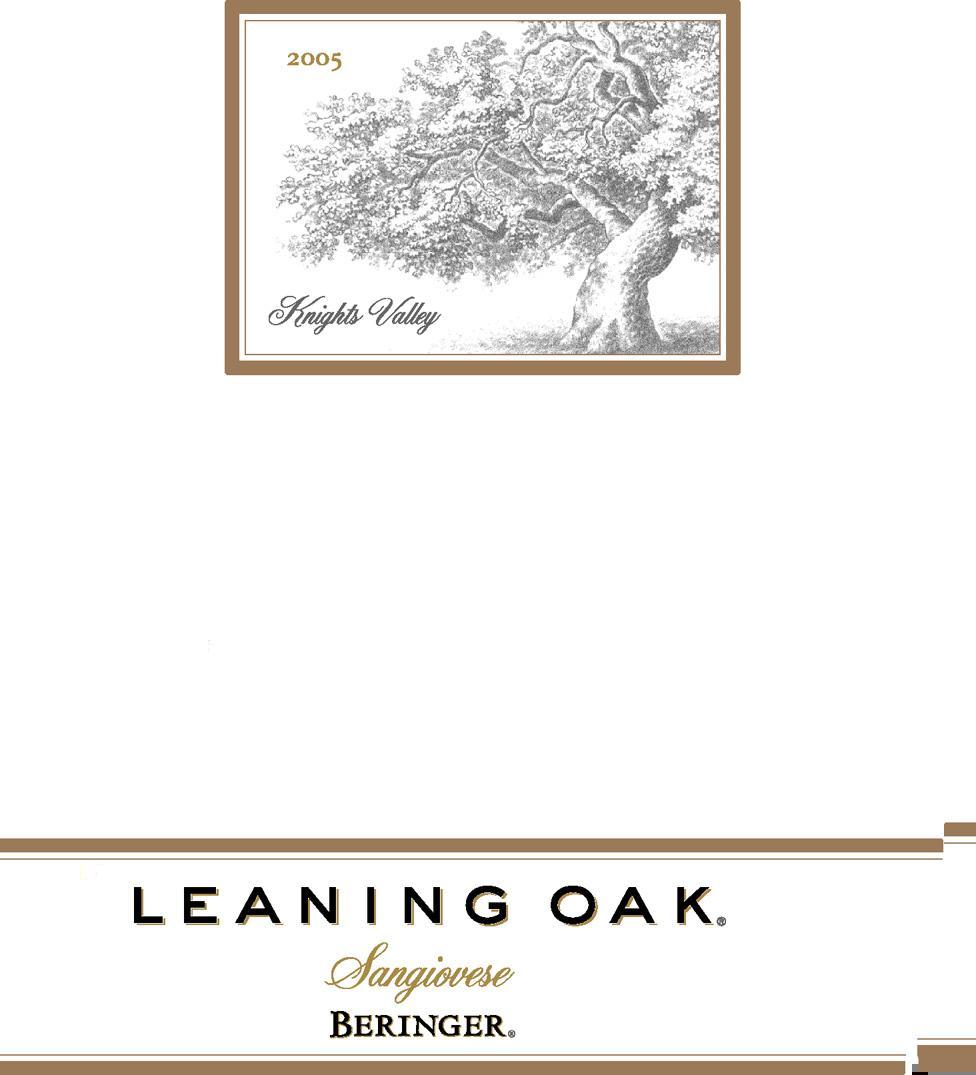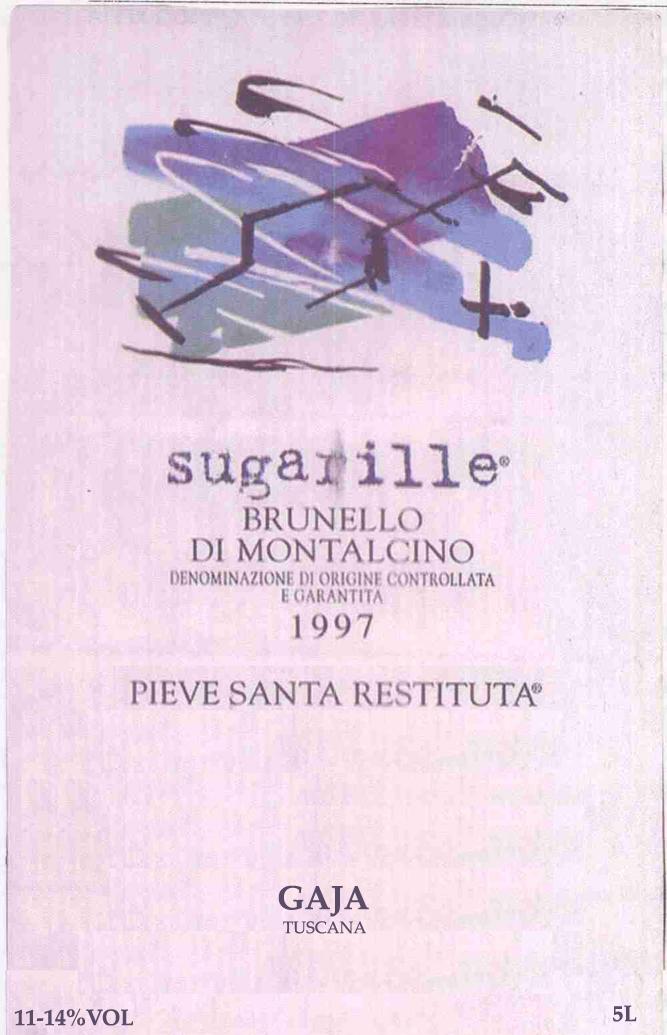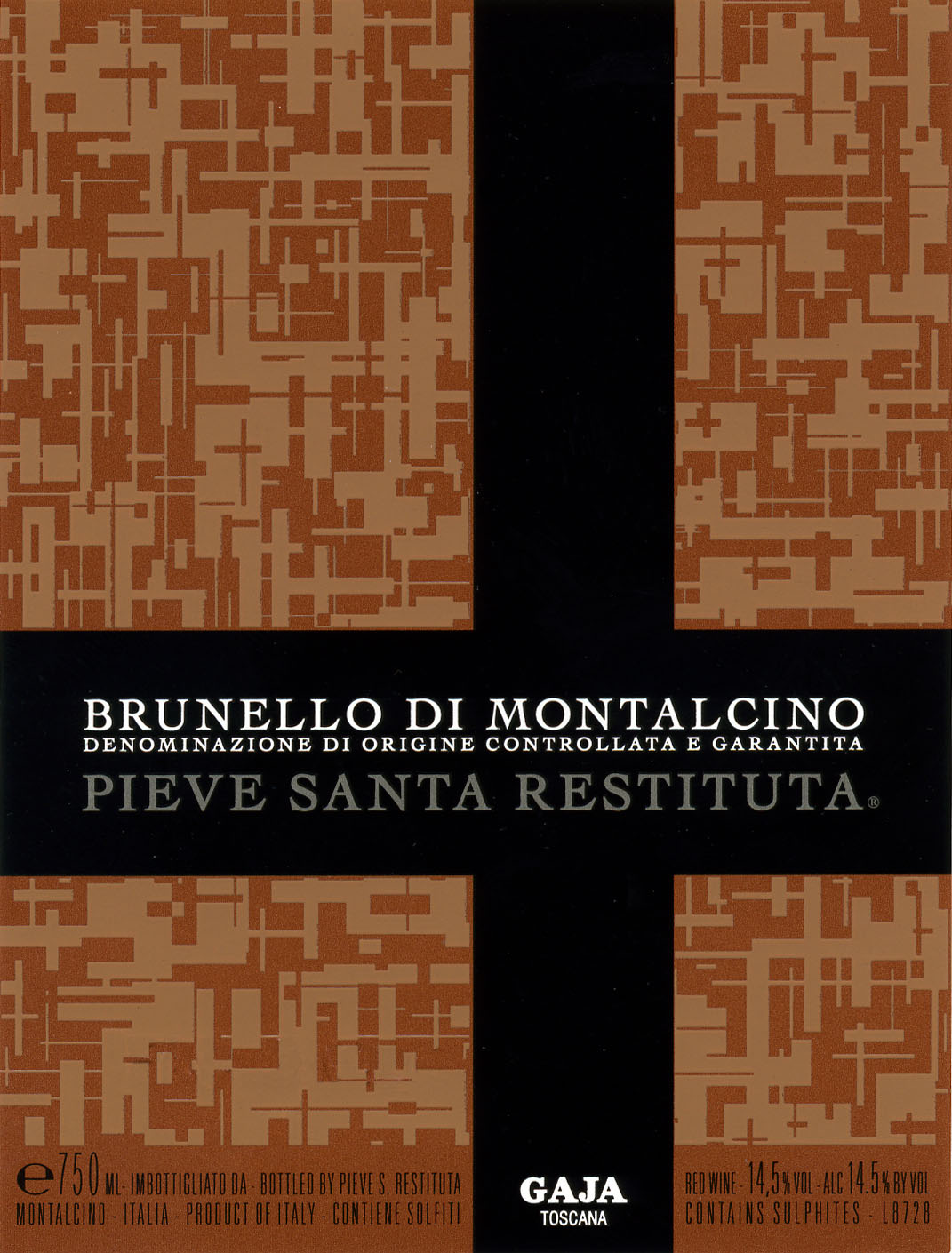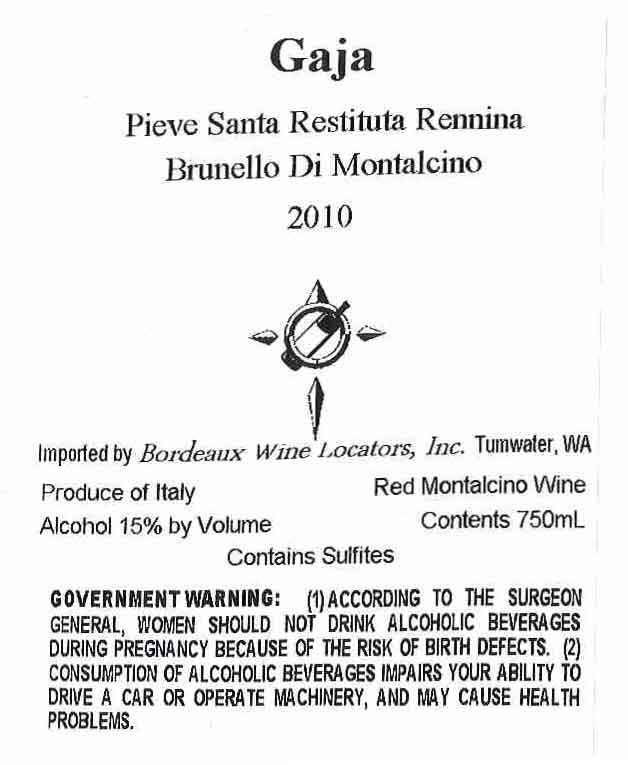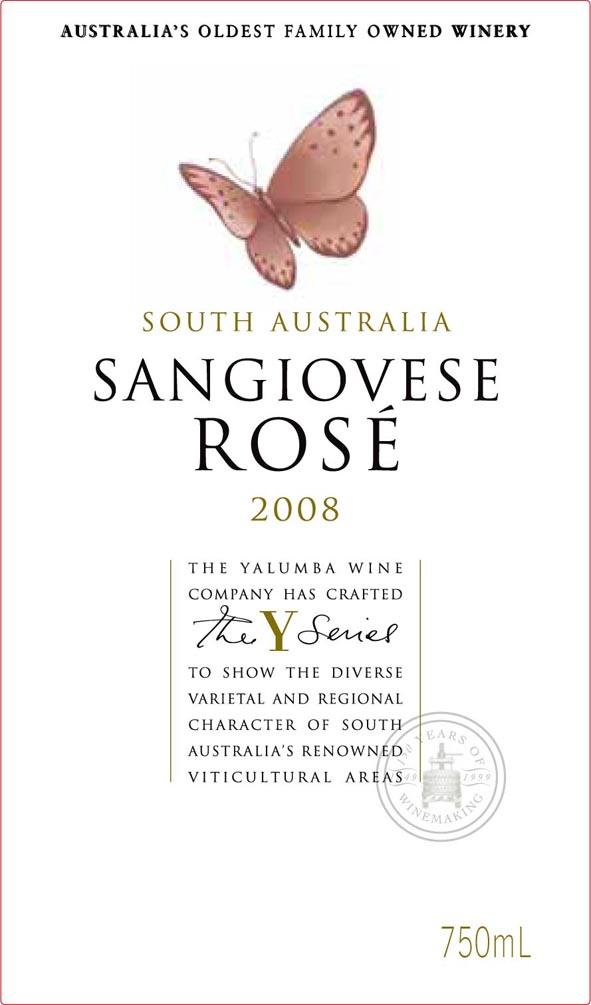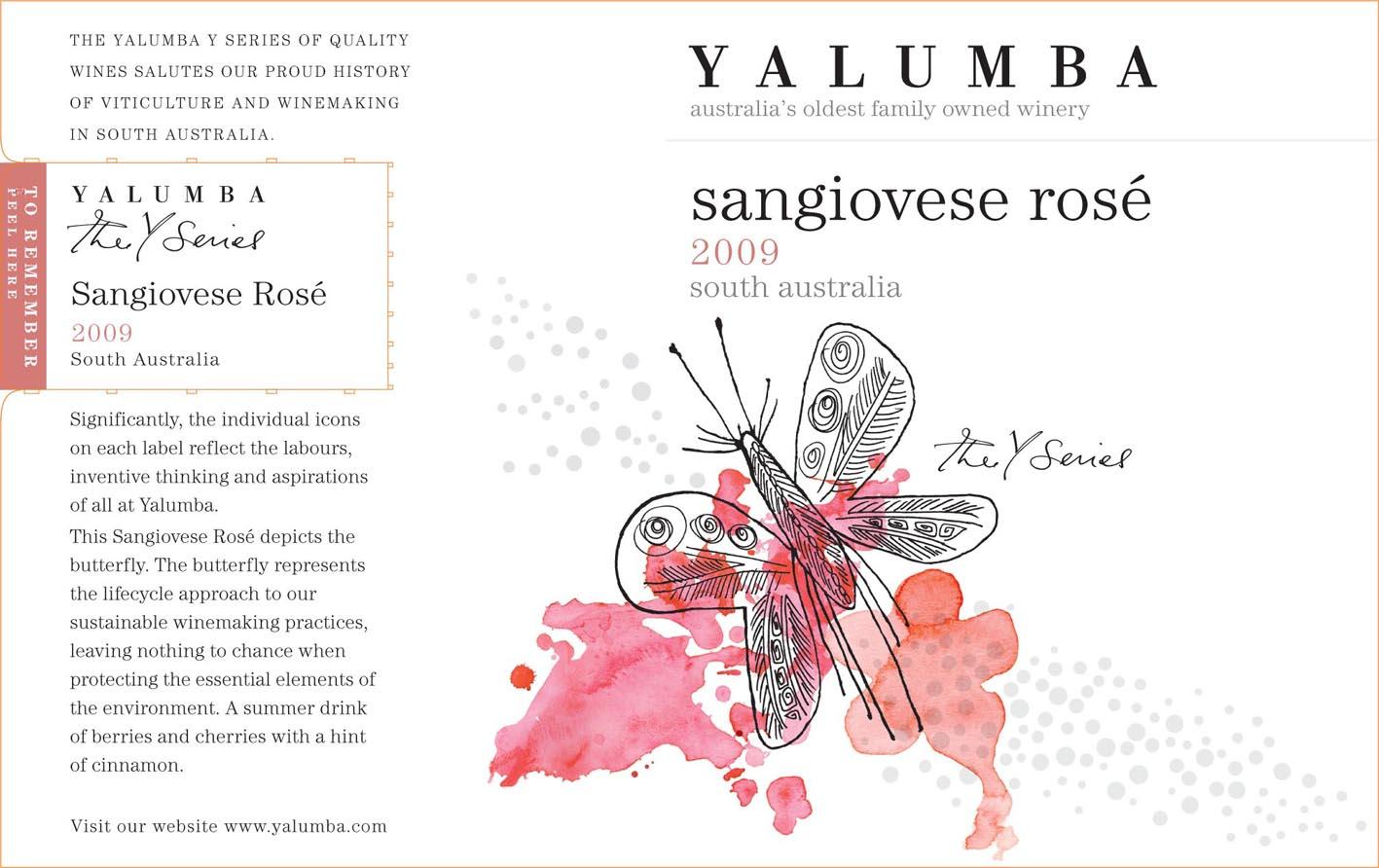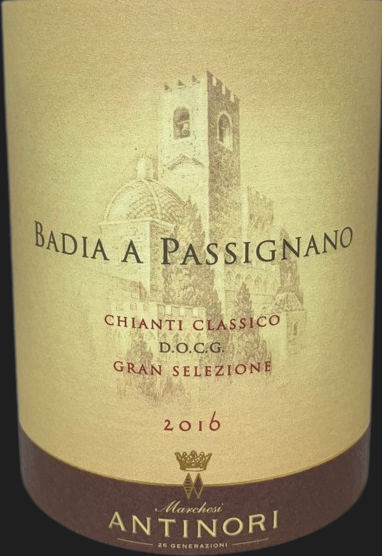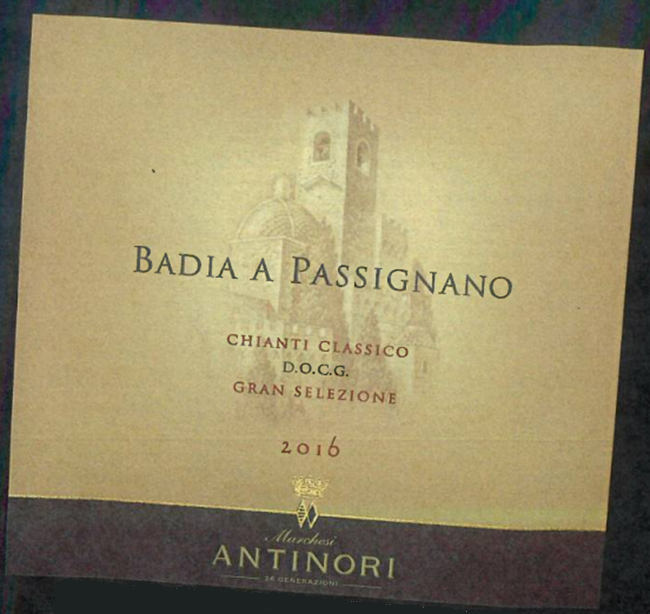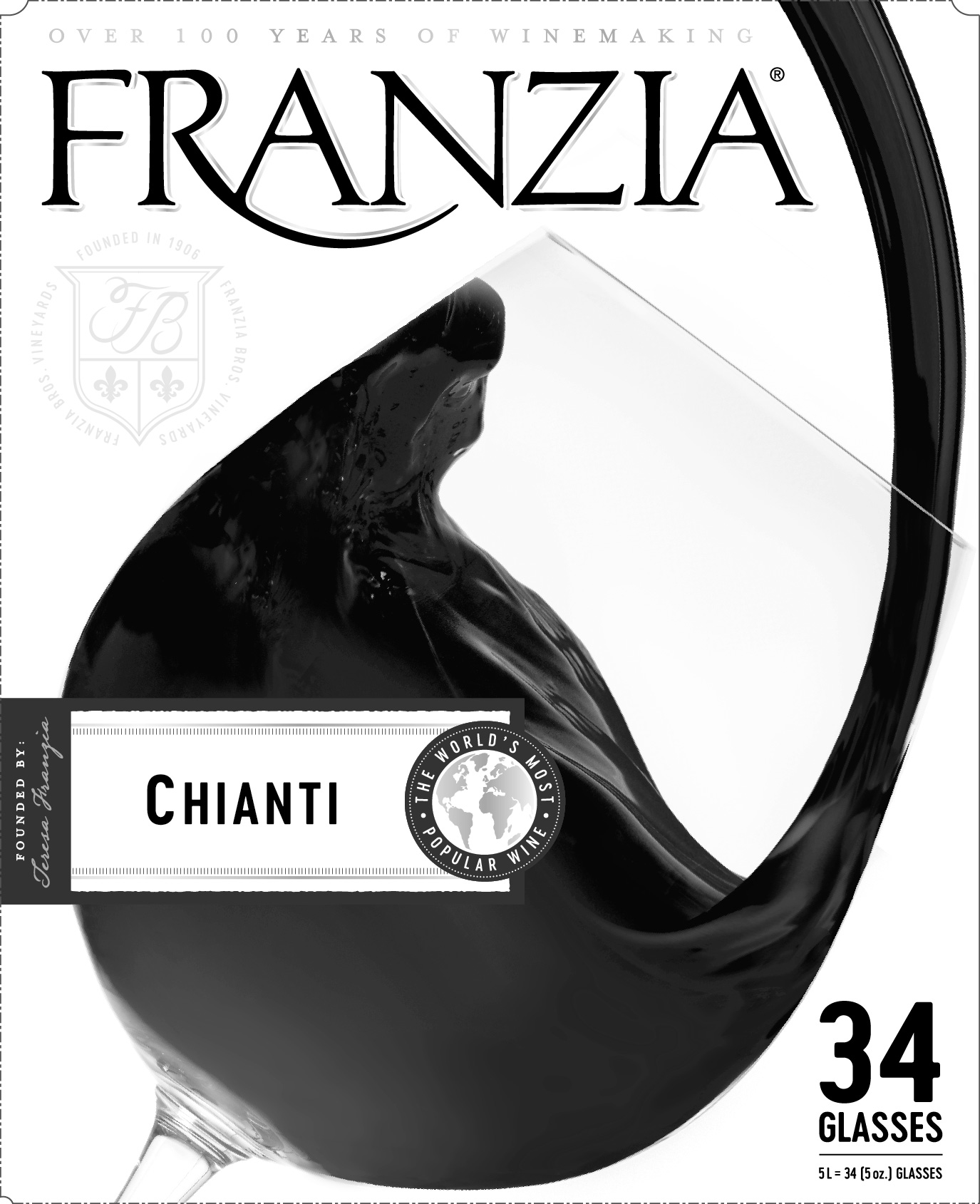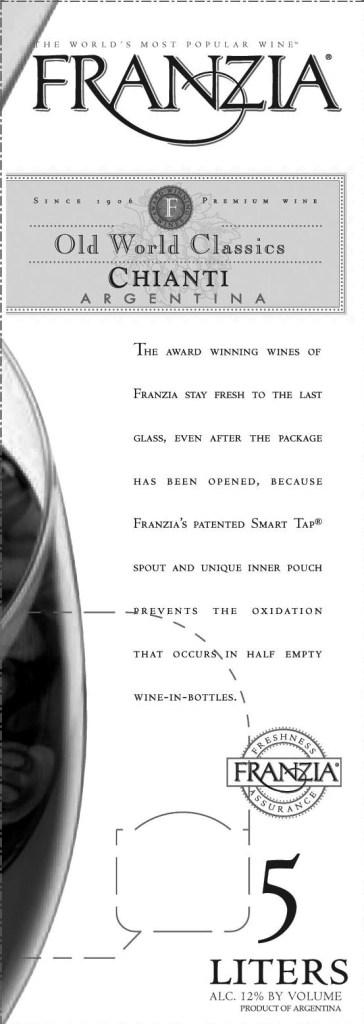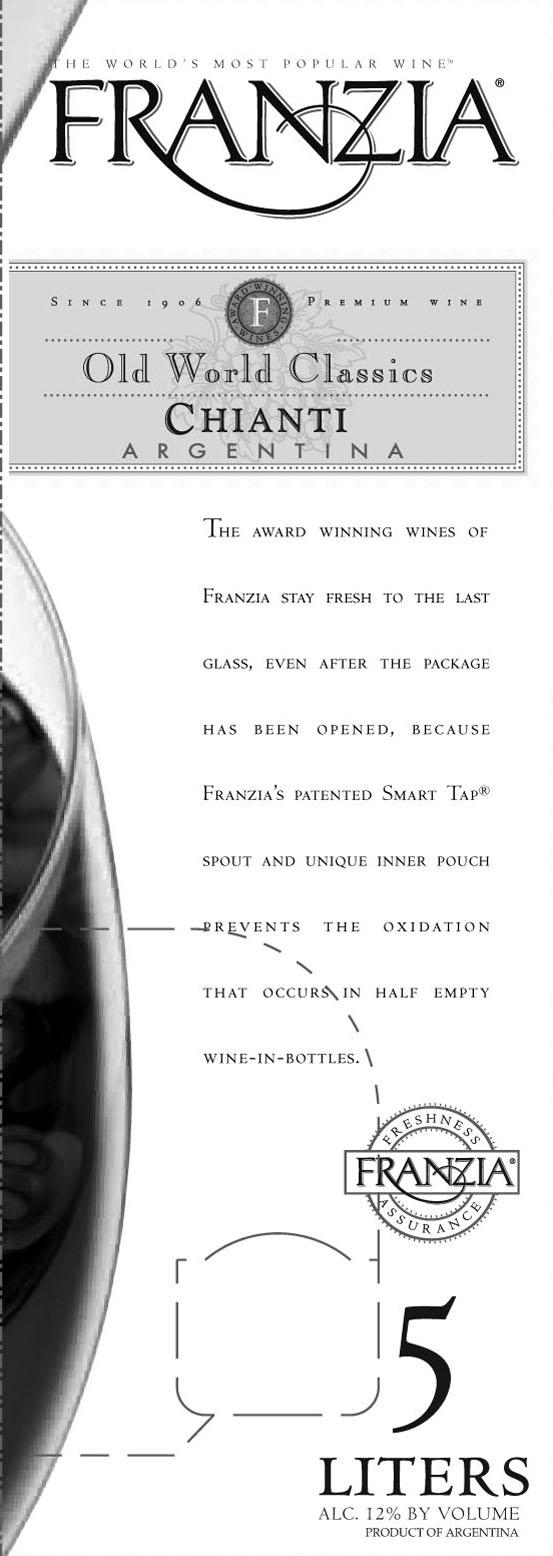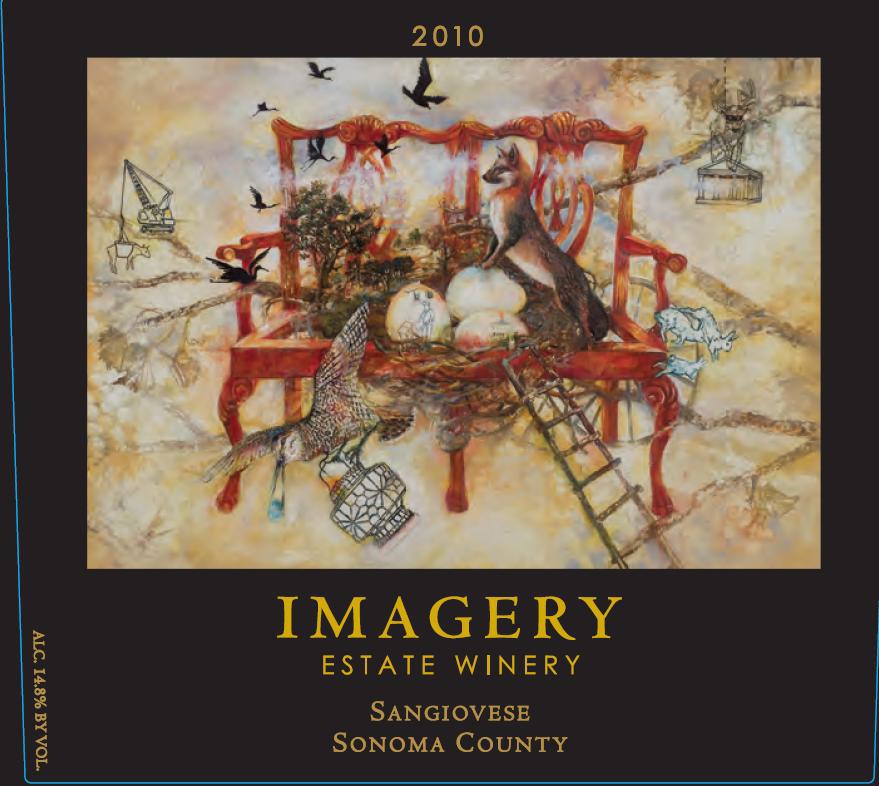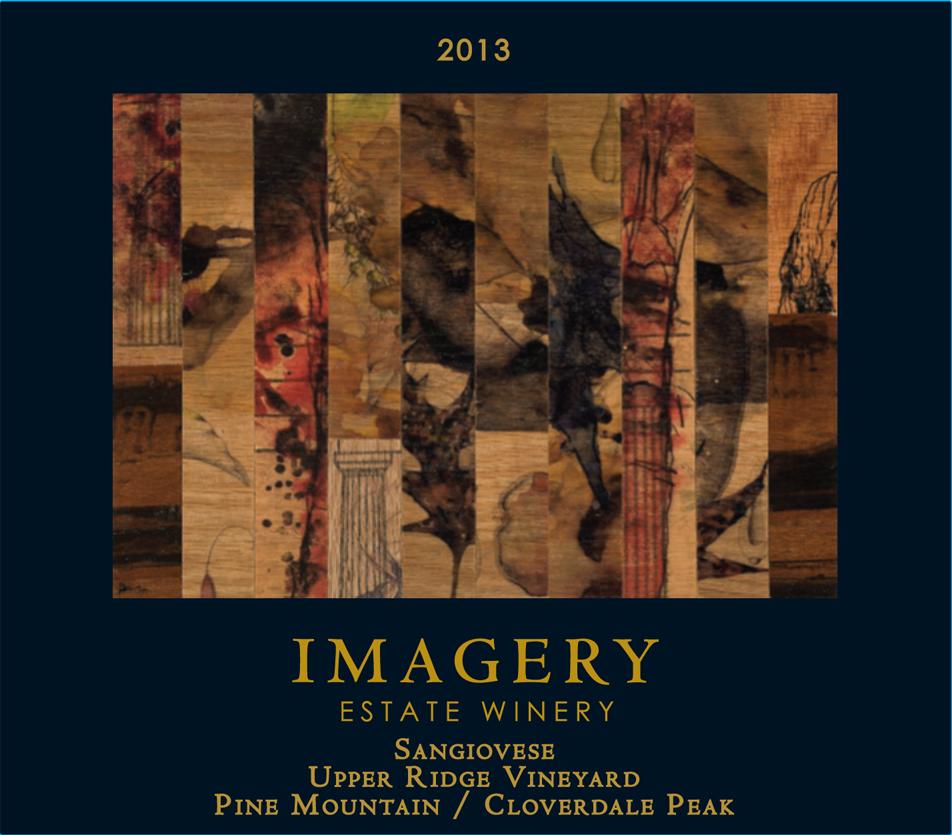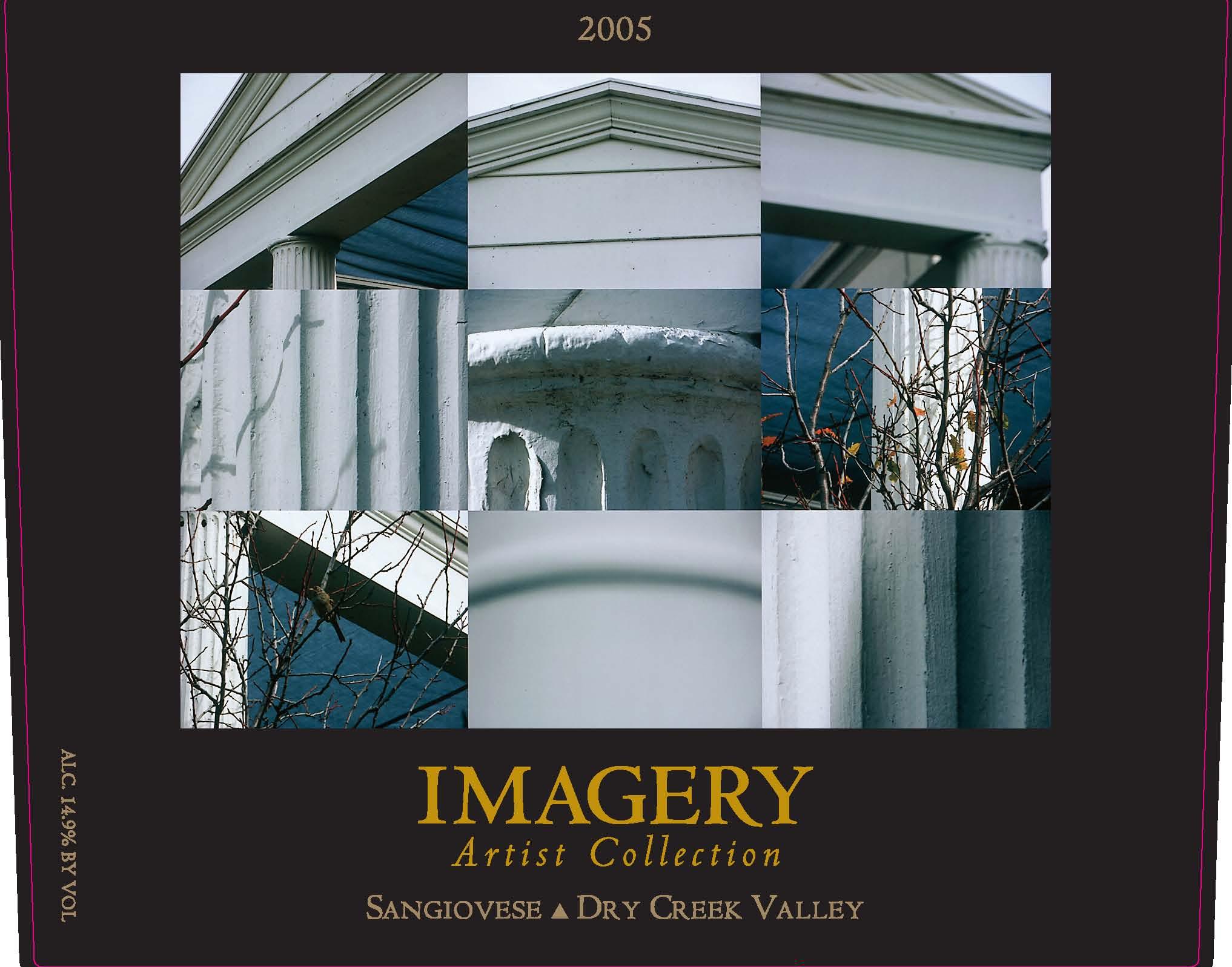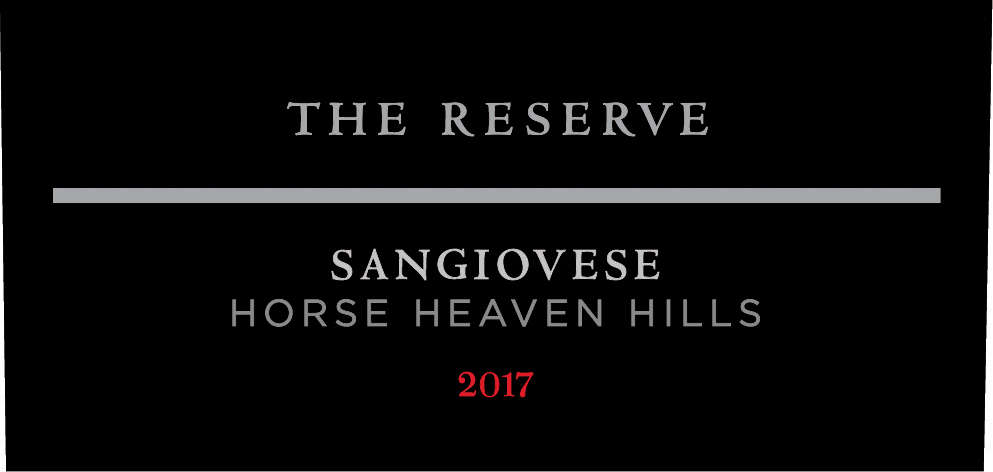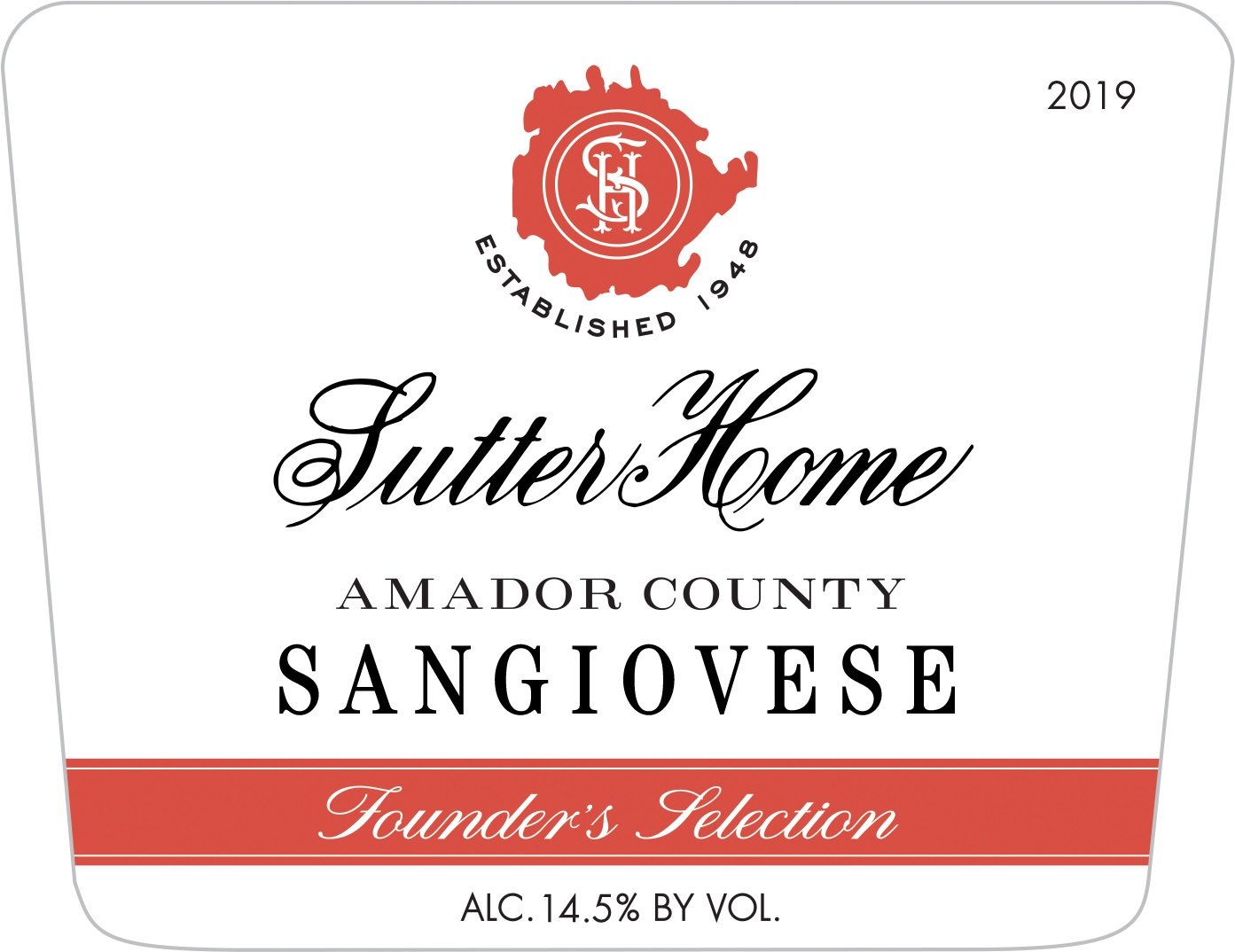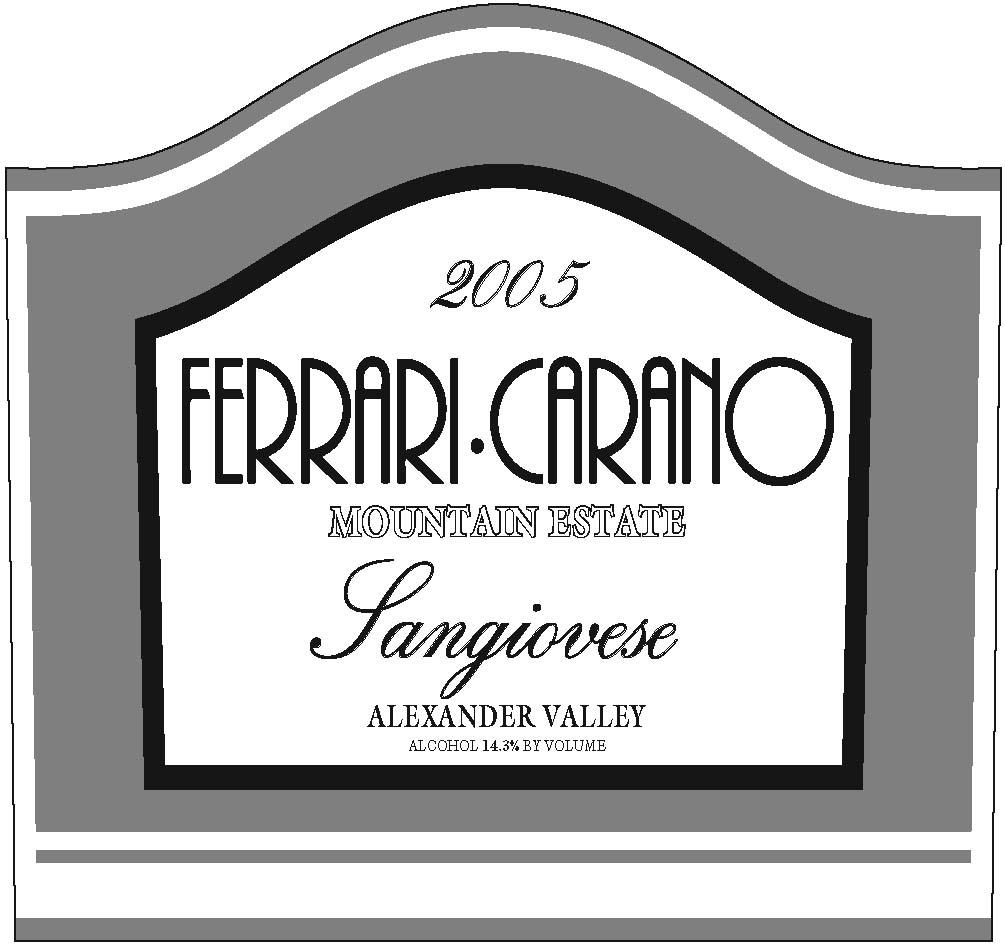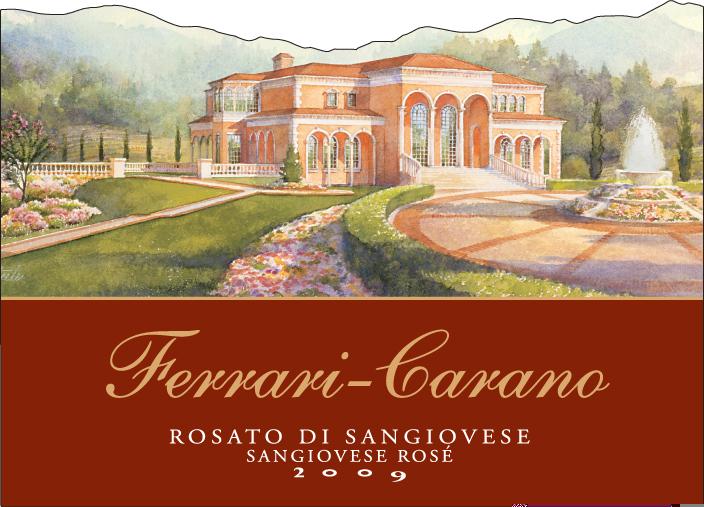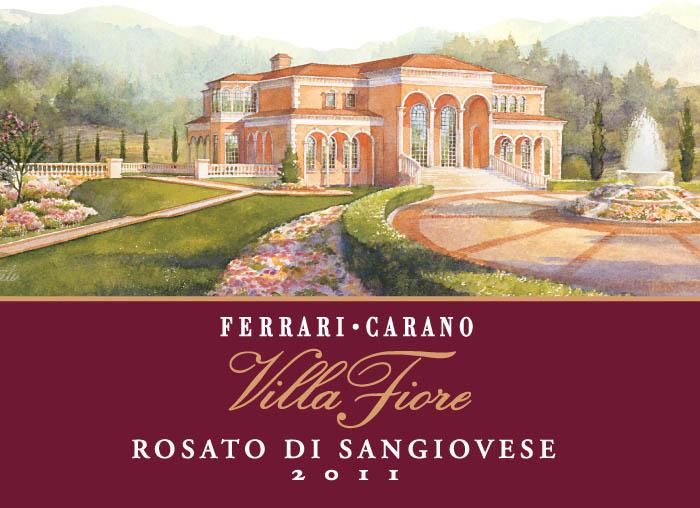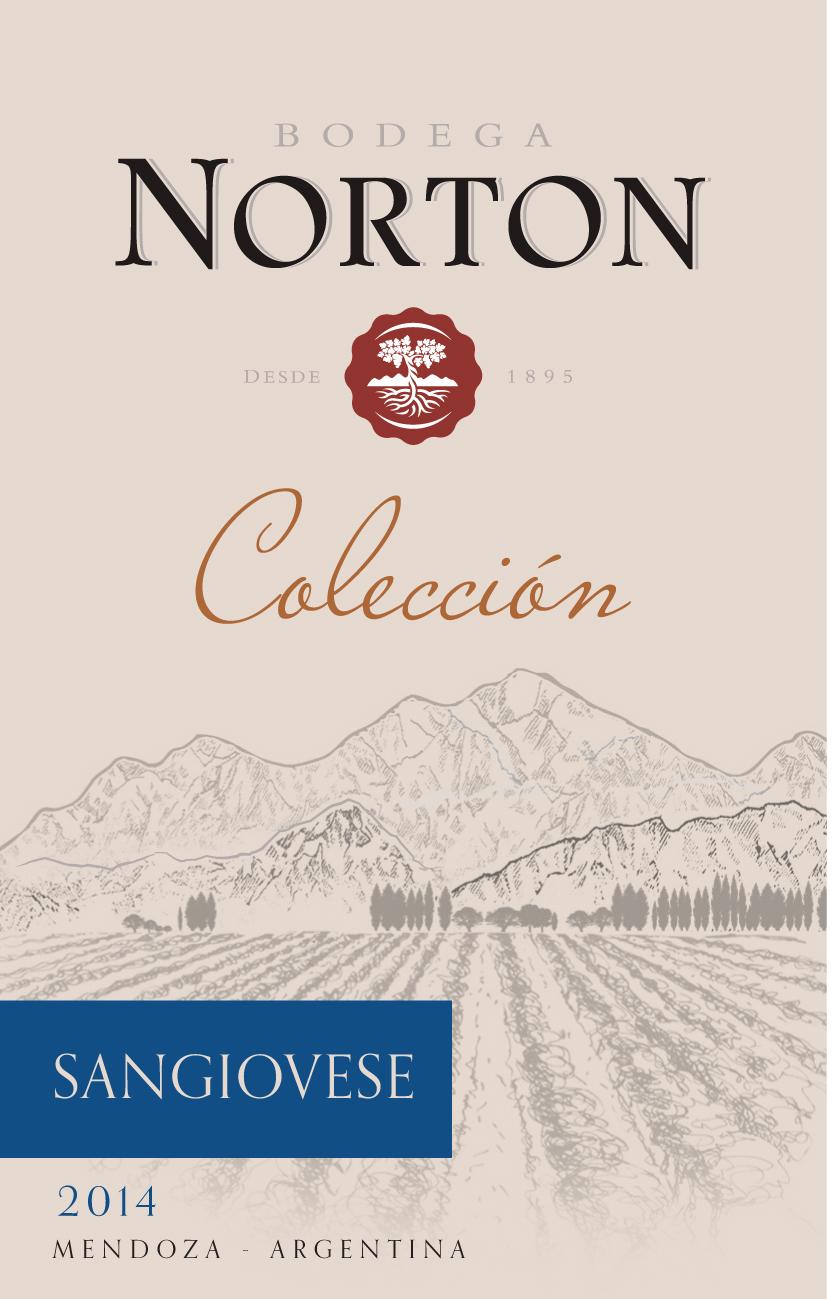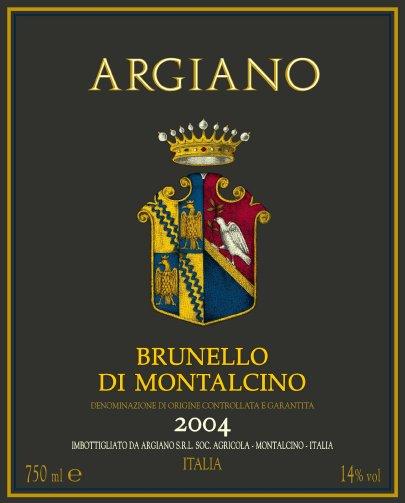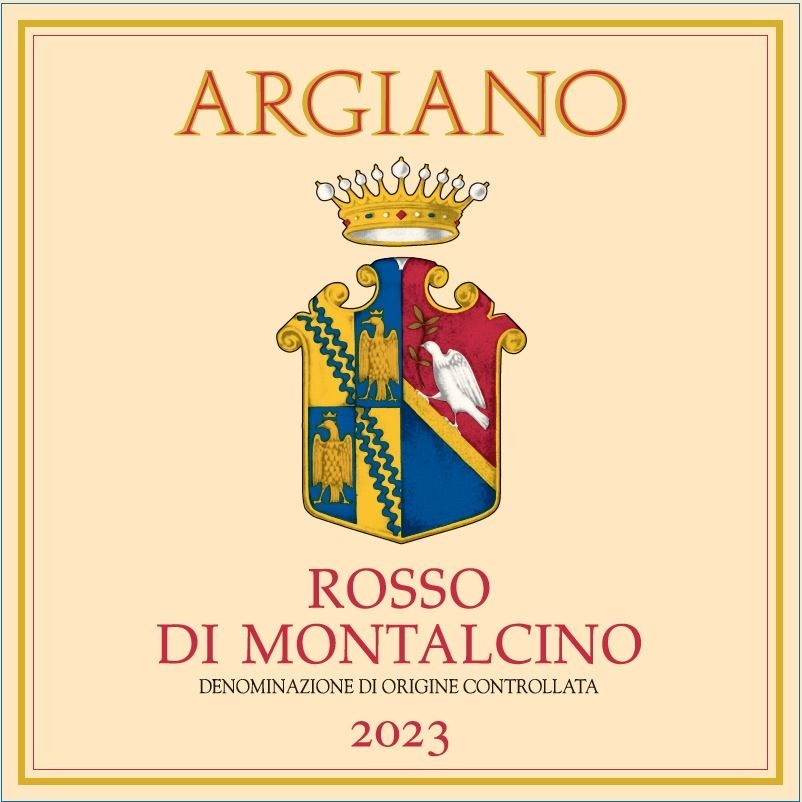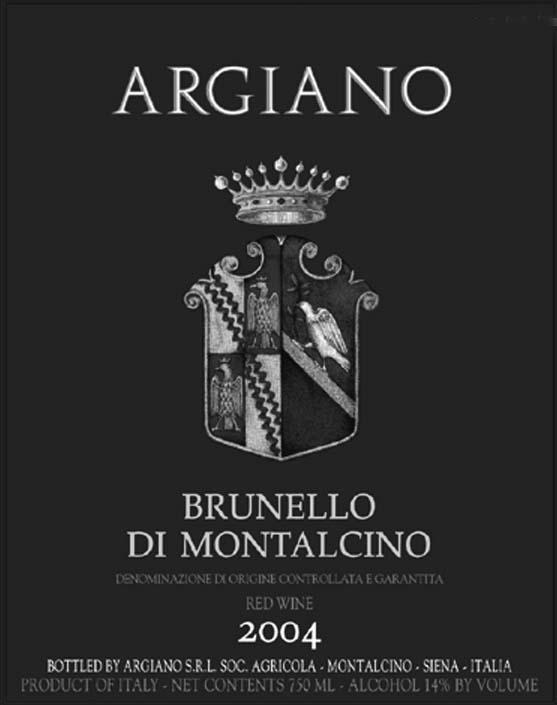Origins and Global Presence of Nebbiolo and Sangiovese
Nebbiolo: The Soul of Piedmont
Nebbiolo has its roots firmly planted in the rolling hills of northwest Italy, particularly Piedmont, where it has been cherished for centuries. Ancient records mention the grape as early as the 13th century, and its name is thought to come from the thick autumn fogs that blanket the vineyards during harvest.
While Nebbiolo’s spiritual home remains in Piedmont—producing iconic Barolo and Barbaresco—it is also found in neighboring Lombardy and the tiny plots of Valle d’Aosta, each with its own local name. Outside Italy, Nebbiolo is rarely grown due to its sensitivity and high demands in the vineyard, but small plantings can be found in Australia, California, and a handful of other regions, where winemakers strive to capture even a hint of its magic.
Sangiovese: Italy’s Classic Chameleon
Sangiovese traces its story back to the hills of Tuscany, where it has shaped the region’s wine culture for generations. Its name, meaning "Blood of Jove," hints at a legendary past, though its first clear mention was in the late 16th century.
Over time, Sangiovese has become the driving force behind Tuscany’s most famous wines, adapting easily to different soils and climates across Italy. While its heart remains in Tuscany, Sangiovese has traveled to other Italian regions and beyond, taking root in places like Corsica, California, and Australia. Each new home gives the grape a unique twist, but its best expressions are still found in the sun-drenched landscapes of central Italy.
Flavor Profiles and Characteristics of Nebbiolo and Sangiovese
Nebbiolo’s story is deeply tied to the misty hills of Piedmont, where it has been treasured for centuries by local growers and nobility alike. Historical records show Nebbiolo was being cultivated as early as the 1200s, and its name—thought to come from the Italian word for fog—reflects the cool, shrouded mornings of its native vineyards.
While Piedmont remains the heartland for Nebbiolo, producing famed wines like Barolo and Barbaresco, small pockets of the grape are also found in Lombardy’s Valtellina and the rugged slopes of Valle d’Aosta, where it takes on different local names. Beyond Italy, Nebbiolo is a rare find: only a handful of vineyards in Australia, California, and a few other regions have managed to coax it into producing wines that hint at its Italian origins. Even so, Nebbiolo’s finest expressions remain closely linked to the unique soils and climate of its ancestral home.
Sangiovese, Italy’s most widely planted red grape, has a long and storied history stretching back to the hills of Tuscany. Its name, which means "Blood of Jove," speaks to its deep roots in Italian culture and myth, even though its first clear mention was in the late 1500s.
Over time, Sangiovese became the foundation for many of Italy’s most beloved wines, from Chianti to Brunello di Montalcino, and spread throughout central and southern Italy. The grape’s adaptability has allowed it to thrive in regions as varied as Emilia-Romagna, Umbria, and even as far as Corsica, where it’s called Nielluccio. Outside Europe, Sangiovese has found new homes in California, Australia, and Argentina, where it often takes on a fruitier, softer style. Yet, no matter where it’s grown, Sangiovese’s greatest expressions are still found in its Tuscan heartland, where tradition and terroir come together in every glass.
Food Pairings: Nebbiolo vs. Sangiovese
Nebbiolo Pairings
Nebbiolo’s firm tannins and bright acidity demand food with substance and depth. Classic Piedmontese cuisine is a natural fit—think slow-braised meats like Brasato al Barolo, Osso Buco, or hearty game ragùs. Rich, fatty cuts of steak, such as prime rib or Bistecca alla Fiorentina, help mellow the wine’s structure, while dishes finished with earthy white truffles or mushrooms highlight Nebbiolo’s own savory, forest-floor notes. Pasta dishes with meaty or mushroom-based sauces, creamy risottos, and aged hard cheeses like Parmigiano-Reggiano or Grana Padano round out the traditional options.
-
Braised meats: Beef, lamb, wild boar ragù
-
Earthy dishes: Mushroom risotto, truffle pasta, roasted root vegetables
-
Rich cheeses: Parmigiano-Reggiano, Grana Padano
-
Cured meats: Prosciutto, salami, charcuterie
Sangiovese Pairings
Sangiovese’s high acidity and savory, herbal character make it remarkably food-friendly, especially with Italian fare. Tomato-based dishes—like classic pizzas, lasagna, and pasta with ragù—are ideal, as the wine’s acidity matches the brightness of the sauce. Grilled or roasted meats, from Tuscan steak to pork, lamb, and game, also pair beautifully, as do hearty soups and stews like Ribollita. The wine’s versatility extends to aged cheeses such as Pecorino Toscano, and even to robust fish preparations like tuna or swordfish in tomato sauces. For lighter Sangiovese styles, opt for pizza, poultry, and grilled vegetables; for more structured wines, choose richer meats and aged cheeses.
-
Tomato-based dishes: Pizza, pasta with ragù, lasagna
-
Grilled and roasted meats: Bistecca alla Fiorentina, lamb, pork, game
-
Aged cheeses: Pecorino Toscano, Parmigiano-Reggiano
-
Hearty vegetarian: Mushroom pasta, minestrone, grilled eggplant
Which Wine Is Right for You?
Deciding between Nebbiolo and Sangiovese comes down to your taste preferences and the experience you’re seeking at the table:
-
Choose Nebbiolo if you appreciate bold, structured reds with firm tannins, high acidity, and layers of floral, earthy, and savory flavors. Nebbiolo is ideal for those who enjoy wines that evolve with age and pair beautifully with rich, hearty dishes like braised meats, truffle pastas, and aged cheeses.
-
Choose Sangiovese if you prefer a more versatile, medium-bodied red with bright acidity, lively fruit, and herbal undertones. Sangiovese shines with classic Italian fare—especially tomato-based dishes, grilled meats, and rustic vegetable recipes—and offers both approachable everyday wines and age-worthy classics.
Exploring both varietals, especially from their traditional regions, will reveal the unique character each brings to the glass and help you find the Italian red that best matches your palate and favorite foods.







